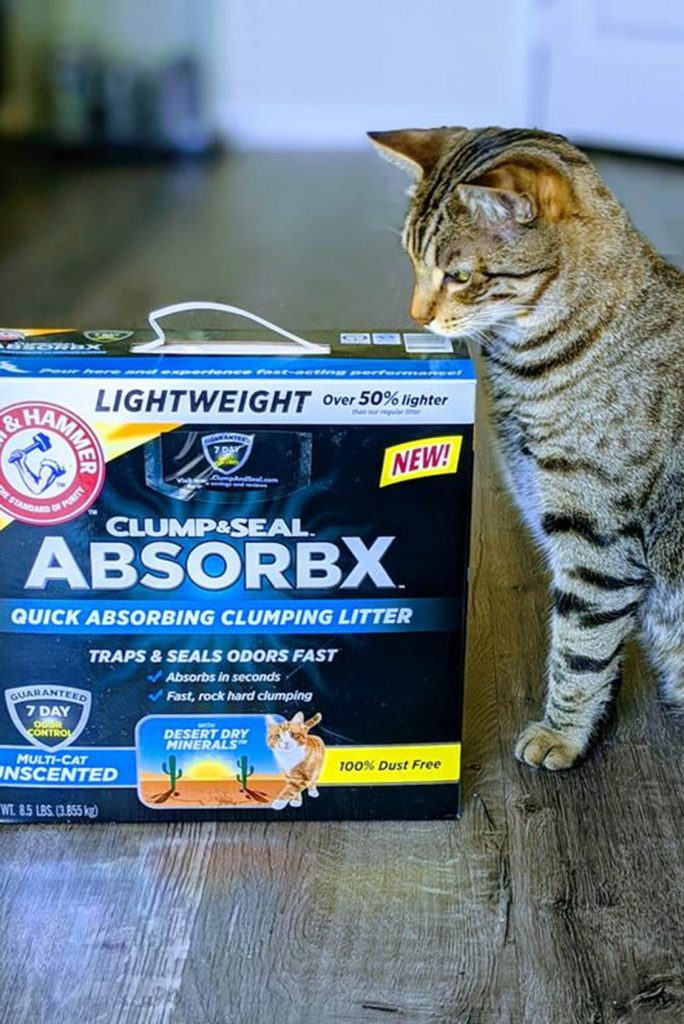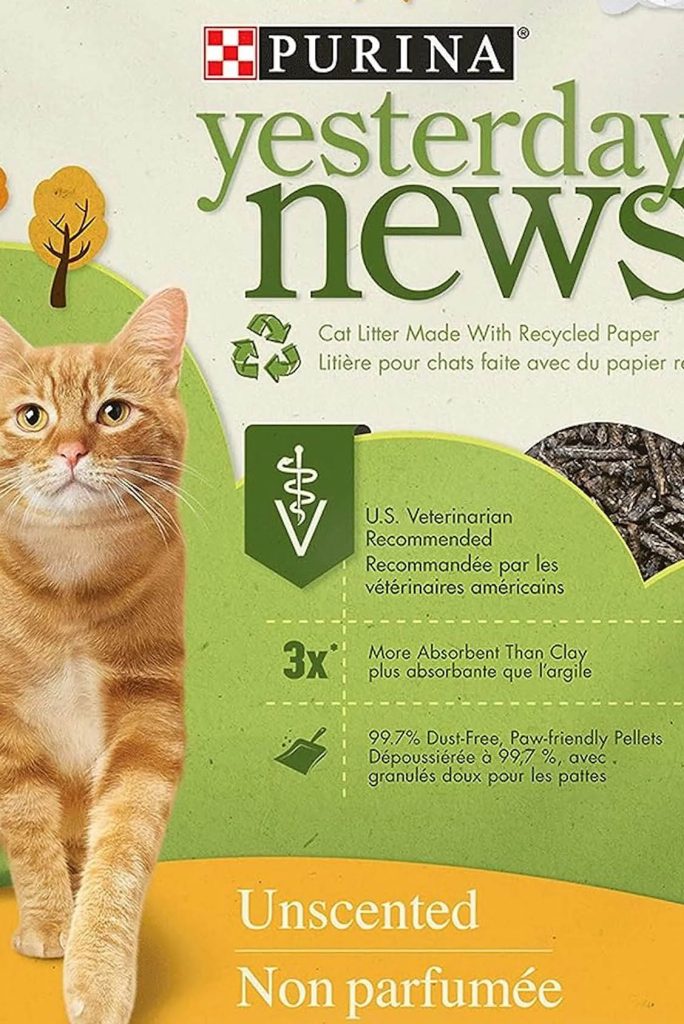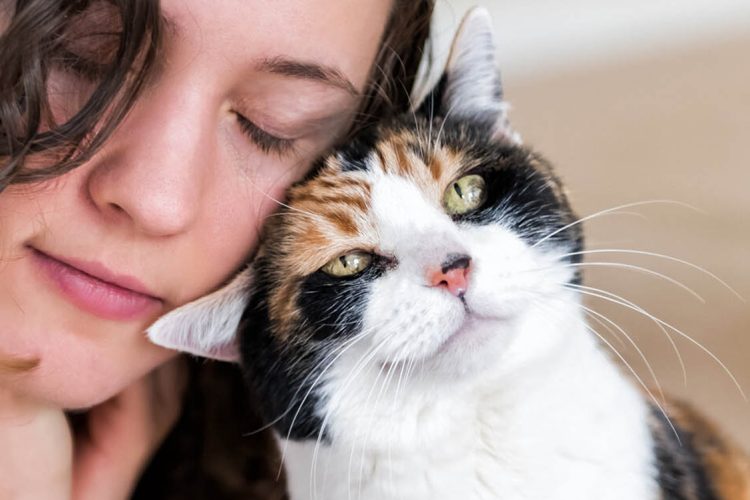Choosing the right cat litter for your feline friend is an essential aspect of pet care. With the plethora of options available in the market, one of the primary decisions you need to make is whether to use clumping or non-clumping cat litter. Each type has its unique features, benefits, and drawbacks, which can significantly impact both your cat’s comfort and your convenience as a pet owner.
Understanding Clumping Cat Litter
Clumping cat litter is formulated to bind together when it comes into contact with moisture, forming solid clumps that can be easily scooped out. This type of litter is highly popular among cat owners due to its convenience and effective odor control.
How Clumping Cat Litter Works
The primary ingredient in clumping cat litter is usually bentonite clay, a naturally occurring clay that expands and forms a solid mass when wet. This characteristic makes it easy to remove both liquid and solid waste, keeping the litter box cleaner for a longer period.
Advantages of Clumping Cat Litter
- Ease of Cleaning: The ability to scoop out clumps allows for daily maintenance of the litter box, reducing the need for frequent complete changes.
- Odor Control: Clumping litter often includes additional ingredients such as baking soda or activated charcoal to neutralize odors effectively.
- Cost-Effective: Although initially more expensive, clumping litter can be more economical in the long run as it requires fewer complete changes.
- Hygiene: Regular removal of waste clumps helps maintain a cleaner and more hygienic litter box environment, reducing the risk of bacterial growth.
- Cat Preference: Many cats prefer the texture of clumping litter, which is similar to natural soil.
Disadvantages of Clumping Cat Litter
- Dust: Some clumping litters can be dusty, which might cause respiratory issues for both cats and humans.
- Tracking: The small granules can easily stick to your cat’s paws, leading to litter being tracked around the house.
- Cost: Clumping litter tends to be more expensive upfront compared to non-clumping varieties.
- Environmental Concerns: Bentonite clay is strip-mined, raising concerns about its environmental impact.
Popular Brands of Clumping Cat Litter
- Arm & Hammer Clump & Seal: Known for excellent odor control and low dust.
- Dr. Elsey’s Precious Cat Ultra: Popular for its superior clumping ability and minimal dust.
- World’s Best Cat Litter: Made from whole-kernel corn, offering a more environmentally friendly option.

Understanding Non-Clumping Cat Litter
Non-clumping cat litter does not form solid masses when wet. Instead, it absorbs moisture throughout the entire litter box, which means the whole litter needs to be changed more frequently.
How Non-Clumping Cat Litter Works
Non-clumping litters are typically made from materials such as clay (not bentonite), silica gel, recycled paper, or natural substances like pine or wheat. These materials absorb urine and mask odors to varying degrees.
Advantages of Non-Clumping Cat Litter
- Absorption: Non-clumping litters are often very absorbent, effectively controlling moisture.
- Low Dust: Many non-clumping litters produce less dust compared to clumping varieties, making them suitable for sensitive cats and owners.
- Cost: Generally, non-clumping litters are less expensive initially.
- Natural Options: There are many environmentally friendly non-clumping litters available, made from renewable or biodegradable materials.
Disadvantages of Non-Clumping Cat Litter
- Frequent Changes: The entire litter box needs to be changed regularly, which can be more labor-intensive and less economical over time.
- Odor Control: Non-clumping litters might not control odors as effectively as clumping varieties, especially if not changed frequently.
- Cat Preference: Some cats may not like the texture or feel of certain non-clumping litters.
Popular Brands of Non-Clumping Cat Litter
- Tidy Cats Non-Clumping: Offers good absorption and odor control.
- Feline Pine: Made from natural pine, it is biodegradable and has a pleasant scent.
- Yesterday’s News: Made from recycled paper, it’s highly absorbent and eco-friendly.

Detailed Comparison: Clumping vs. Non-Clumping Cat Litter
Odor Control
- Clumping: Generally provides superior odor control due to the ability to remove waste clumps daily. Additional odor-neutralizing agents are often included in the formulation.
- Non-Clumping: Depends on frequent changes for odor control. Some non-clumping litters contain added fragrances, but these may not be as effective in masking strong smells.
Maintenance
- Clumping: Requires daily scooping to remove clumps but less frequent complete changes of the litter box.
- Non-Clumping: Needs the entire litter box to be changed regularly, which can be more time-consuming.
Cost
- Clumping: Higher initial cost but may be more cost-effective over time due to less frequent litter changes.
- Non-Clumping: Lower upfront cost but might require more frequent purchases and complete litter changes.
Dust and Tracking
- Clumping: Some varieties can be dusty, which can be a problem for pets and owners with respiratory issues. Tracking can also be an issue.
- Non-Clumping: Often produces less dust and might track less, depending on the material.
Environmental Impact
- Clumping: Bentonite clay used in most clumping litters is not biodegradable and is obtained through strip mining, which has a significant environmental impact.
- Non-Clumping: There are many biodegradable and eco-friendly options available, such as recycled paper, pine, and other natural materials.
Cat Preference
- Clumping: Many cats prefer the texture of clumping litter as it mimics natural soil. It also allows them to bury their waste effectively.
- Non-Clumping: Some cats might dislike the texture or feel of non-clumping litters, especially those made from unconventional materials like silica gel or recycled paper.
Practical Tips for Choosing Between Clumping and Non-Clumping Cat Litter
- Consider Your Cat’s Preferences: Observe your cat’s behavior and preferences. Some cats are particular about the type of litter they use, so you might need to try a few options to find the best fit.
- Evaluate Your Lifestyle: If you prefer less frequent litter box changes and easier maintenance, clumping litter might be the better choice. However, if you prioritize a lower initial cost and are willing to change the litter more frequently, non-clumping could work well.
- Assess Odor Control Needs: If odor control is a significant concern for you, clumping litter with added odor-neutralizing agents might be more effective.
- Consider Health and Allergies: If you or your cat have respiratory issues, look for low-dust options. Some non-clumping litters, like those made from recycled paper, can be gentler on sensitive systems.
- Environmental Impact: If sustainability is important to you, consider eco-friendly non-clumping options made from biodegradable or renewable materials.
- Budget: Factor in both the initial cost and the long-term expense of maintaining the litter box. Clumping litter might be more economical over time, despite a higher initial cost.
Tips for Transitioning Between Litter Types
If you decide to switch from one type of litter to another, it’s important to do so gradually to ensure your cat adjusts comfortably.
- Mix Old and New Litter: Start by mixing a small amount of the new litter with the old one. Gradually increase the proportion of the new litter over several days or weeks.
- Monitor Your Cat’s Reaction: Pay attention to your cat’s behavior. If your cat shows signs of discomfort or refuses to use the litter box, slow down the transition process.
- Maintain Consistency: Keep the litter box in the same location and maintain your usual cleaning routine to help your cat adjust to the new litter.
Choosing between clumping and non-clumping cat litter ultimately depends on your and your cat’s preferences, lifestyle, and specific needs. Clumping litter offers the convenience of easy scooping and superior odor control, making it a popular choice for many cat owners. However, non-clumping litter can be a more budget-friendly and environmentally conscious option, with various materials catering to different cat preferences.
By understanding the advantages and disadvantages of each type, considering practical factors, and being mindful of your cat’s comfort and health, you can make an informed decision that ensures a clean, comfortable, and pleasant environment for both you and your feline companion. Whether you opt for the convenience of clumping litter or the simplicity of non-clumping, maintaining a clean and hygienic litter box is key to keeping your cat happy and healthy.
